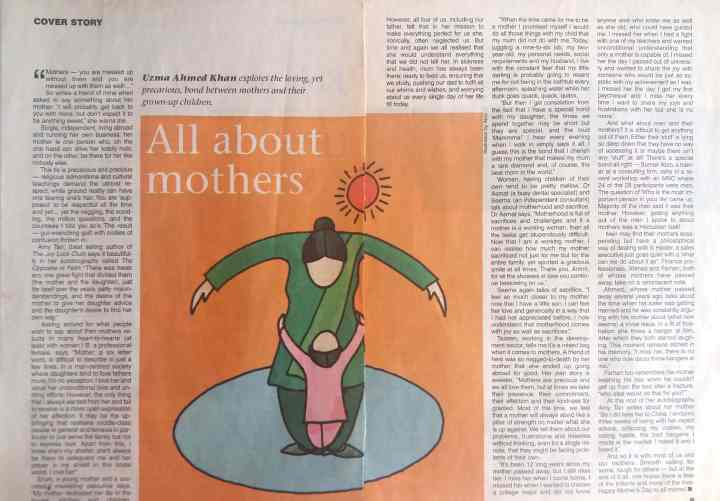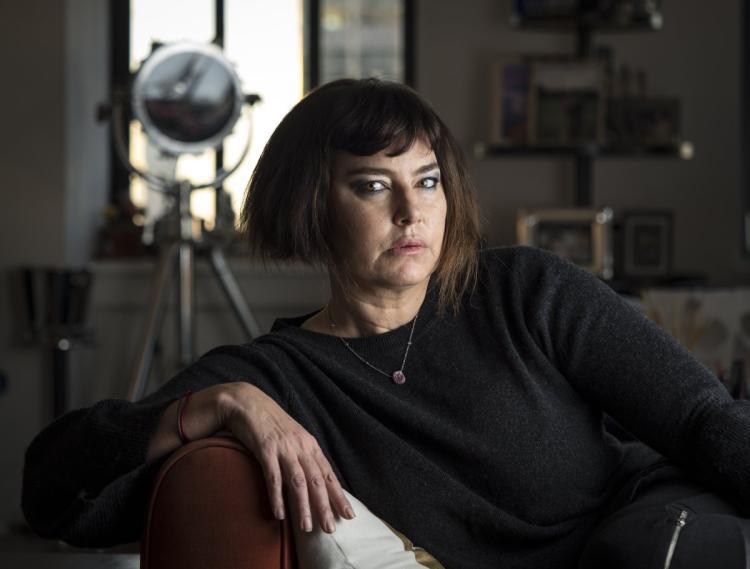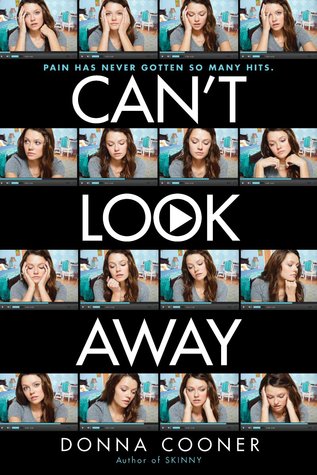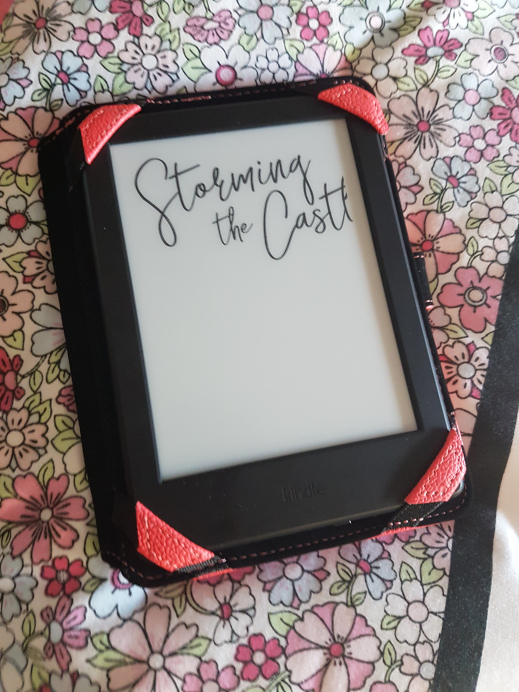I’ve found that one of the most exciting parts in the process of strengthening story development muscles is ‘the burn’. You’re saying: “What does this mean?” The burn represents your will to skew events within your story in such a way as to hopefully confound future readers and help you realize new heights in the development process.
Well—aside from writing that novel or script you’ll release to the world—you want to be actively pursuant of ‘leveling-up’ in your plot development knowledge, character creation strength, et cetera, with practice. You’d remember that practice is key…As a story writer, whether novice, self-professed expert or somewhere in the middle of those places, time is well-spent pushing your intuitive skills to new heights. The burn can become pretty intense. It’s as if graduating to a heavier set of dumbbells. You’ll only become stronger.
If you craft your story plot into a witty, mind-bender with hopes to make a reader experience all sorts of emotions, and care about the fate of at least one of your characters, what’ll happen if you make the decision to install a subplot? You’ll strengthen your writer-muscles. You’ll learn the aspects of an effective subplot, according to the kind of project you’re crafting, the genre, the length of your story, what you’re willing to put your dynamic and static characters through…You’ll be adding to your repertoire of ways to generate and pace differently structured plots.
You can practice this by grabbing pieces of things around you that intrigue you in everyday life. Just the other day, I started thinking about oxymorons. The joining of contradictory terms, actions, thoughts, visions that incite questions within us can cause an involuntary moment of trying to piece together a ‘backstory’ for the supposed error.
Take a look the picture, below. (Picture taken from Bibliophilia, Please.)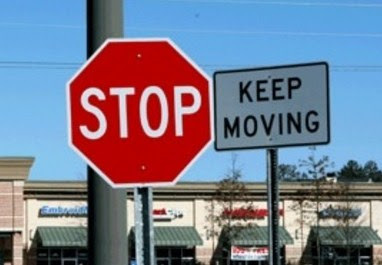
I made this into a little writing exercise for myself—I let an oxymoron require me to make connections. I likened it to me, staring at a blank notebook page, wondering: “What might be an interesting issue to stand out in a story?” I want to create that conundrum that will have the reader wondering, after a story climax: “Well, how could this possibly work? Event A caused event B to happen…or did it? Why would Event B happen under the context of Event A? How could ‘so-and-so’ even survive in this situation? How will they recover after a certain turn of events?”
So, here was my thinking: The signs serve the purpose of instructing/directing the drivers, so why would two contradictory road signs be placed next to each other? We’re classifying this situation as an error–something that needs to be amended to alleviate confusion. Then, to start the development of the ‘plot twist’, I thought: What if the placement of the signs wasn’t an error? I thought about having the chance to observe the actions of the drivers, as they’d try to comply with both road signs. A familiar way would be to first, STOP, then proceed down the road with caution. The other way (the one I was trying to make work) I imagined was for the drivers to do both road instructions simultaneously. Impossible, right? Well, as time passes by….I guess we’ll find out. I’ll make it make sense, and maybe even start to concur the creation of imagery while I’m at it. Lol.
Anyway….The point I want to make is this:
Create your own exercise in order to feel the burn. I just happened to choose oxymoronic situations as my figurative exercise equipment. I want to strengthen my ability to ‘raise stakes’ and ‘resolve confusion’ in my current and future novels, scripts, and short stories. Maybe you’ll decide to try something new and unfamiliar with your usual plot and/or character development and discover things about yourself–as a wordsmith–and your story planning style.
I stay excited to become a stronger writer in some way, every single day. Make sure to check back here for a few new things: Consistency is one thing you’ll see! (It’s been so long since I’ve posted.) Also, check for new content related strong advocacy for creativity, especially in story writing.
Advertisements Share this:
